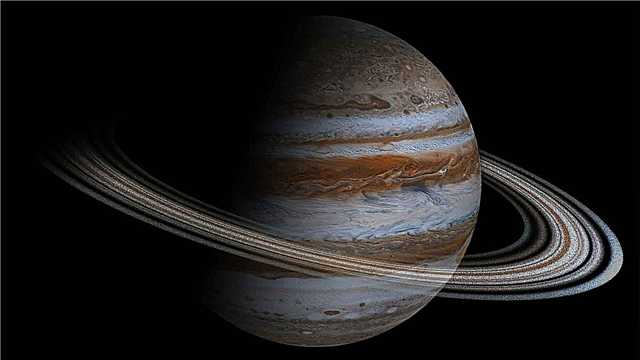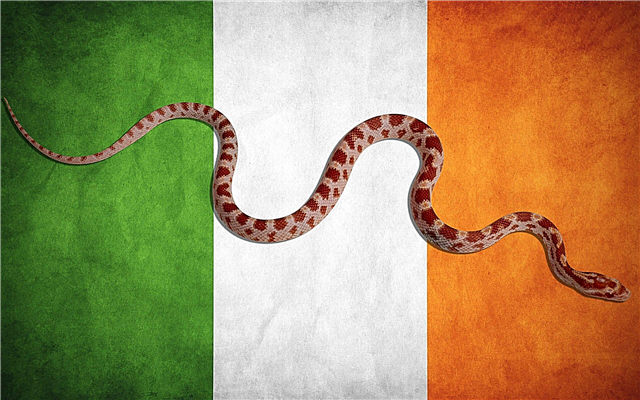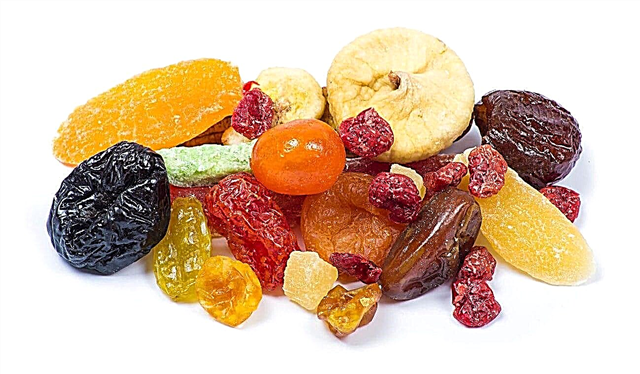
When preserving garlic, as well as other methods of cooking, sometimes it turns blue. Why is this happening, and is it possible to prevent such a phenomenon? Are there any recipes for preparing pickled garlic and its culinary processing that exclude the appearance of a warning, very unappetizing hue?
Biochemists have long researched these issues, they are ready to share their findings and give advice that will help all culinary experts.
History of occurrence

Until the 50s of the 20th century, there were no special questions regarding the turning of blue garlic - probably because each housewife had her own tricks for cooking it. But in the 1950s, industrial conservation of garlic was launched in America, and problems began. Large batches of products were rejected due to blueing, the industry suffered serious losses because of this. At that time, they began to harvest garlic in the form of mashed potatoes, which were then preserved. The cloves were crushed, the resulting paste was mixed with salt and vinegar, and then rolled up in a container. The situation required research, for which biochemists were involved.
Causes of Blue Garlic
As a result, a number of experiments were carried out that made it possible to clarify the cause of the color changes that were occurring. As it turned out, when canning using vinegar, garlic throws out a number of enzymes and essential oils - this is due to the destruction of its cellular structure.One of the enzymes, alinase, which is found in abundance in garlic, provides the decomposition of alliin, which is why essential oils begin to separate into sulfides and sulfates.
Next, the chemical process of the formation of ammonia, thiol, pyruvic acid occurs, from where an unpleasant odor arises, primarily due to ammonia. Pigments appear that provide the product with this same blue-green hue.
Interesting fact: blueing sometimes occurs, sometimes not. After all, the ability to change color depends not only on the formulation, but on the garlic itself - its maturity, growing and storage conditions. It is necessary that it contains the elements necessary for the passage of the aforementioned chemical reaction. The conditions of the heat treatment of the product also play a significant role.
How to avoid blueing of garlic in marinades and preparations?

Thus, it can be understood that the appearance of a specific unpleasant hue in garlic is possible in a slightly acidic environment where amino acids are present. And to exclude greening, it is necessary to minimize the effect of alliin. It is worth initially paying due attention to the place of garlic growth - the one that grows in more northern latitudes is less prone to greening under canning conditions. Southern vegetables are always richer in allyl sulfides. That is, ordinary country garlic grown in Russia will be better than Turkish or Chinese.
Also, you can not use for harvesting already yellowed, old garlic.Many housewives make this mistake, leaving a young fresh vegetable for dressing salads and other dishes, and using the old one for canning. There is more alliin in old garlic; it will turn green almost anyway. In addition, to reduce the risk of unwanted pigment, the product must be properly stored. Lower temperatures cause its active production, because garlic is stored at room temperature. Canned food and preparations with garlic must be stored on the contrary at low temperatures.

To minimize the risk of greening garlic during the canning process, it is worth giving preference to cold methods. If the effects of boiling water and steam are inevitable, you should try to clean the cloves as carefully as possible so as not to leave a single damage. A whole clove is less susceptible to an unwanted process than a damaged one. If only garlic is canned, without other vegetables, it makes sense not to peel it at all, confining itself to washing the heads. And also it is worth soaking the peeled garlic in cold water for 3 hours before sending it to canned food, this will also save it from discoloration.
Thus, the garlic turns blue due to chemical reactions that occur during pickling, which can be stimulated not only by a slightly acidic environment, but also by elevated temperatures. Sometimes the cloves turn blue, and sometimes this does not happen - a lot depends on the conditions of cultivation and storage of this vegetable. However, even blue garlic can be eaten - it is completely safe for health, and turning blue only spoils the appearance of the workpiece, but not its quality. Alliin is a safe substance that does not cause health problems in general, and digestion in particular.












